The birthplace of skiing, Telemark is a vast region of southern Norway that’s skipped by many international visitors.
Having travelled Norway extensively over the past years, it’s easy to forget that there are still massive areas of the country I need to visit. One of those is Telemark.
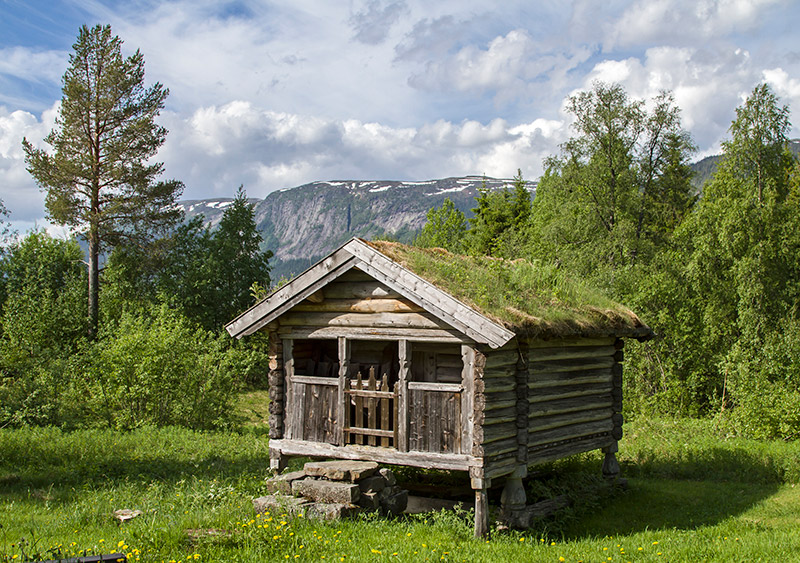
To get ready for my visit, I’ve scoured the web, read some books and spoken to several people to produce this guide to the region. Once I’ve visited, I’ll update this post with more info, photos and videos.
Table of Contents
Welcome to Telemark
Telemark is a historic inland region of southern Norway, known for its vast forests, valleys, skiing, and rural churches. The name was also used for one of Norway’s counties, which included the traditional Telemark region along with the urban areas along the coast.
Following the recent reorganisation of Norway's counties, Telemark county merged with Vestfold to become a new, larger administrative county. The new name? It's the rather uninspiring ‘Vestfold and Telemark'.
Where is Telemark, Norway?
The former Telemark county covered more than 15,000 square kilometres in the south-east corner of Norway.
It stretched from small coastal towns and villages far inland almost to the southeast corner of the vast Hardangervidda national park.
While the towns near the coast are fairly well-connected to Oslo and Kristiansand by rail and bus, public transport is much less frequent in the rural interior.
A historic region
What we today call Telemark consists of several historic regions. Telemark itself, now known as Upper Telemark, was a land of farmers and retained Old Norse customs for much longer than the rest of the country. This could go some way to explain why the dialect of this region bears a striking similarity to Old Norse.
The coastal area was one of Norway's most important industrial regions. Ironworks and sawmills helped the region around Skien become the most important after Oslo.
Visible history includes the beautiful Telemark Canal, the many rural churches including some of Norway's most beautiful stave churches. The region is also the birthplace of telemark skiing and has a long tradition of folk costumes.
Upper Telemark
We'll start our tour of the region with the historic inland area. The many hills, mountains, valleys and lakes of the region mean the landscape is constantly changing and there is always something different to look at.
Telemark canal
A 105km-long network of lakes and canals that connect Skien with Dalen, the Telemark canal slices through the heart of the Telemark region.
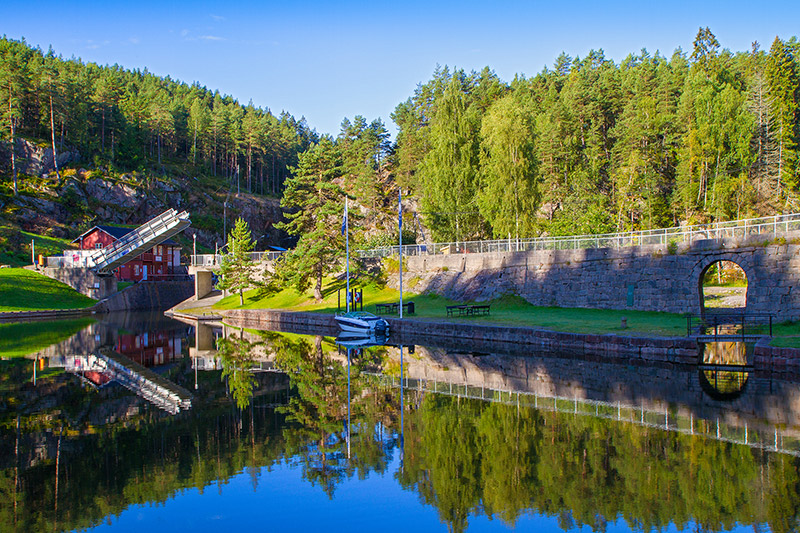
Originally built to help the timber trade of southern Norway flourish, the canal today operates primarily as a tourist attraction. Boats putter along the waterways and through 18 locks allowing visitors to appreciate the wonders of slow travel.
The canal is a living heritage site. Many old walls and lock systems have been preserved in their original form, with most locks still operated manually. Former lock-keepers' houses, smithies, sawmills, watchmens' cottages and old jetties are all visible on the banks of the canal.
A return trip from Skien is possible with an overnight stop at Dalen. Day trips can be done in combination with some bus travel.
Dalen Hotel
The historic end point of the Telemark Canal, the Dalen Hotel is one of the most picturesque accommodations in Norway. Many guests on boat trips from Skien choose to stay overnight here and enjoy a sumptuous dinner in 19th-century surroundings before returning the next day.
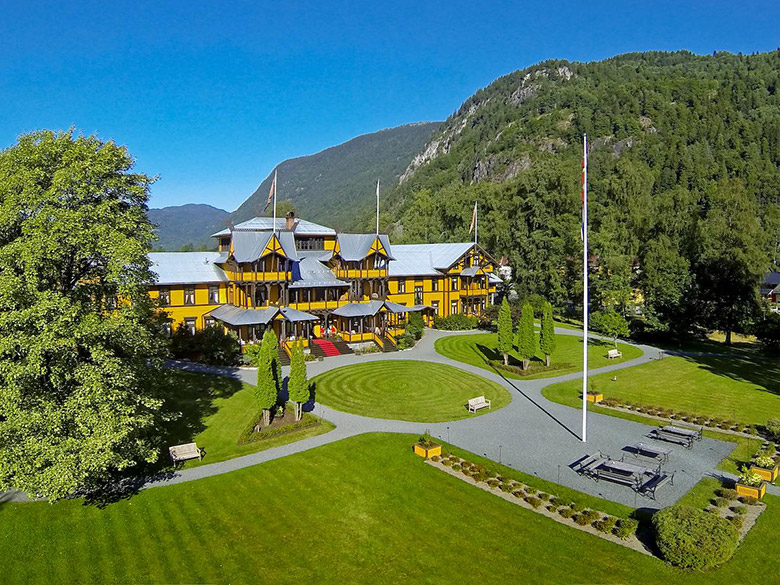
Norway's ‘fairytale hotel' also offers visitors a range of packages, from three-course dinners through to spa treatments. Guests can enjoy the terrace and piano bar, borrow a small rowing boat, or even play croquet in the garden. Check rates and availability on Booking.com.
Rjukan-Notodden Industrial Site
Norway's newest UNESCO World Heritage Site, the Rjukan-Notodden Industrial Site includes hydroelectric power plants powered by waterfalls, along with the transmission lines, factories, transport systems and towns.
Altogether the site demonstrates an outstanding record of life in the early 1900s: including technological, economic, social, aesthetic and cultural factors.
The area is also home to the Vemork plant, which produced the heavy water that Hitler planned to use to develop a nuclear bomb during World War II.
Rjukan
Deep in the narrow Vestfjord valley lies the industrial town of Rjukan. Surrounded as it is by steep mountains, the town went without direct sunlight for almost six months of the year.
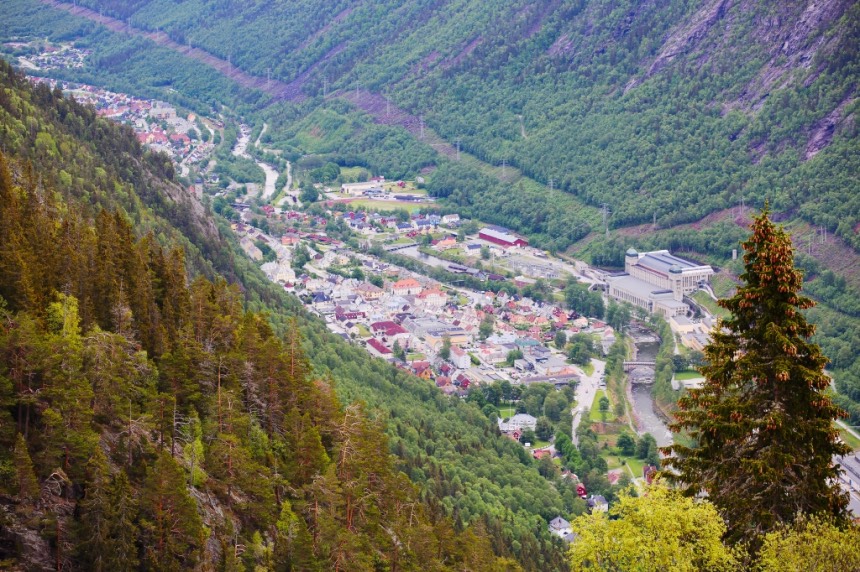
However, in 2013 a set of mirrors were installed on the mountain at almost 750 metres above sea level. These mirrors reflect sunlight onto the town square to give locals some respite from the long winter gloom!
Notodden
On the shore of Heddalsvatnet lake, Notodden is the birthplace of industrial giant Norsk Hydro. The town also hosts the renowned annual Notodden Blues Festival. Buses run from Oslo and Bergen to Notodden, with the latter a particularly scenic route. Heddal stave church is close by.
Lunde
One of the larger settlements along the canal, Lunde is home to just a few thousand people but offers plenty of canal-based activities to curious tourists.
Lunde was also the home to one of Norway's only ever attempts at manufacturing cars. Five Troll automobiles were manufactured here in the late 1950s. Yes, you read that right, only five were ever produced!
Porsgrunn & Skien
These two towns together make up the principal urban area of Telemark. The combined area is used in ‘urban area' measurements in Norway, and places the seventh largest overall. Both cities are part of the district known as Grenland, and both towns have railway stations that connect to Oslo in a little over two hours.
Home to about 35,000 people, Porsgrunn has a long industrial history and remains an important industrial town to this day. Skien is home to around 54,000 people. The city was the birthplace of playwright Henrik Ibsen. Many of his famous dramas are set in places that recall the atmosphere of 19th-century Skien.
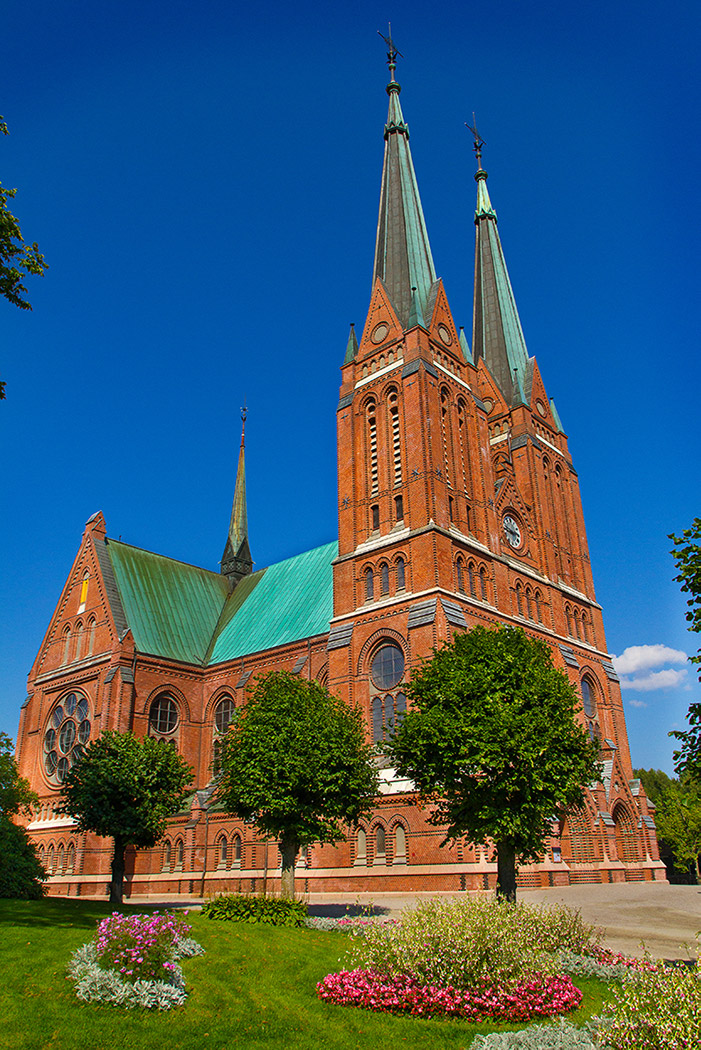
Eliteserien football club Odd are based in Skien, playing their home games at the smart 12,000 capacity Skagerak Arena.
Langesund
One of the area's most well-known summer towns, Langesund has a prime coastal position from which to enjoy the summer sunshine. Langøytangen Lighthouse (Langøytangen fyr) is a local landmark. Fjordline operates ferry services from Langesund to Sweden and Denmark.
The churches of Telemark
Both urban and rural parts of the region are home to some of Norway's most picturesque churches. Skien Church is a Neo-Gothic church from 1894. Nearby the town, the wooden Skotfoss Church is from a similar time period.
Rural Telemark hides some absolute gems. The most famous is the remarkable Heddal Stave Church near Notodden, a wonderful example of stave church architecture and a popular tourist attraction.
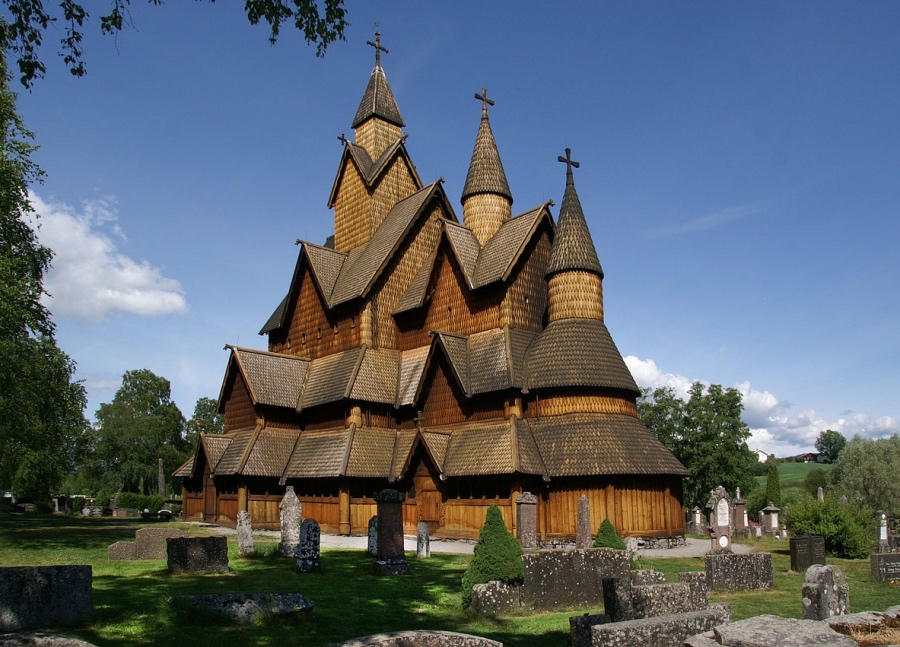
Telemark skiing
Winter sports fans will know the region’s name because of the style of skiing. The graceful style known as Telemark skiing dates back to the times when skiing was a form of transport and chair lifts were but a dream.
The binding remains free at the heel, allowing you to move both up and down a mountain and use the same boots on slopes and backcountry skiing.
Sondre Norheim is often credited as the first person to demonstrate the unique turn associated with telemark skiing in races sometime around 1868. The Norwegian also experimented with ski and binding design.
Living in Telemark
The entire county of Telemark has a population of 173,318. Only the counties of Aust-Agder, Sogn og Fjordane, Troms and Finnmark are home to less people. The population has risen 5.3% since 1999.
More than half of Telemark's population live in the urban municipalities of Skien and Porsgrunn. The rural municipalities Hjartdal, Nissedal and Fyresdal are the region's smallest. Population has declined in all three over the past years.

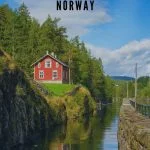

Is the town of Larvik in Telemark county? Ohhh, I see myself iving in Telemark someday!
I’ve been enjoying reading about Norway in your blog posts! My grandfather was born and raised in Rjukan. He came to Canada in the late 1920’s and moved to British Columbia in 1940. He told me lots of stories about Norway when I was growing up and how the geography of the BC Rockies is much like where he grew up.
We have friends in Northern Telemark, on a farm on Lake Norsjo, just south of Akkerhangen and Gvarv. Hope to visit them in the near future.
I’ve just learned that my great great grandparents (my father’s maternal grandparents) come from Brevik. I’m excited to learn more about the Telemark region.